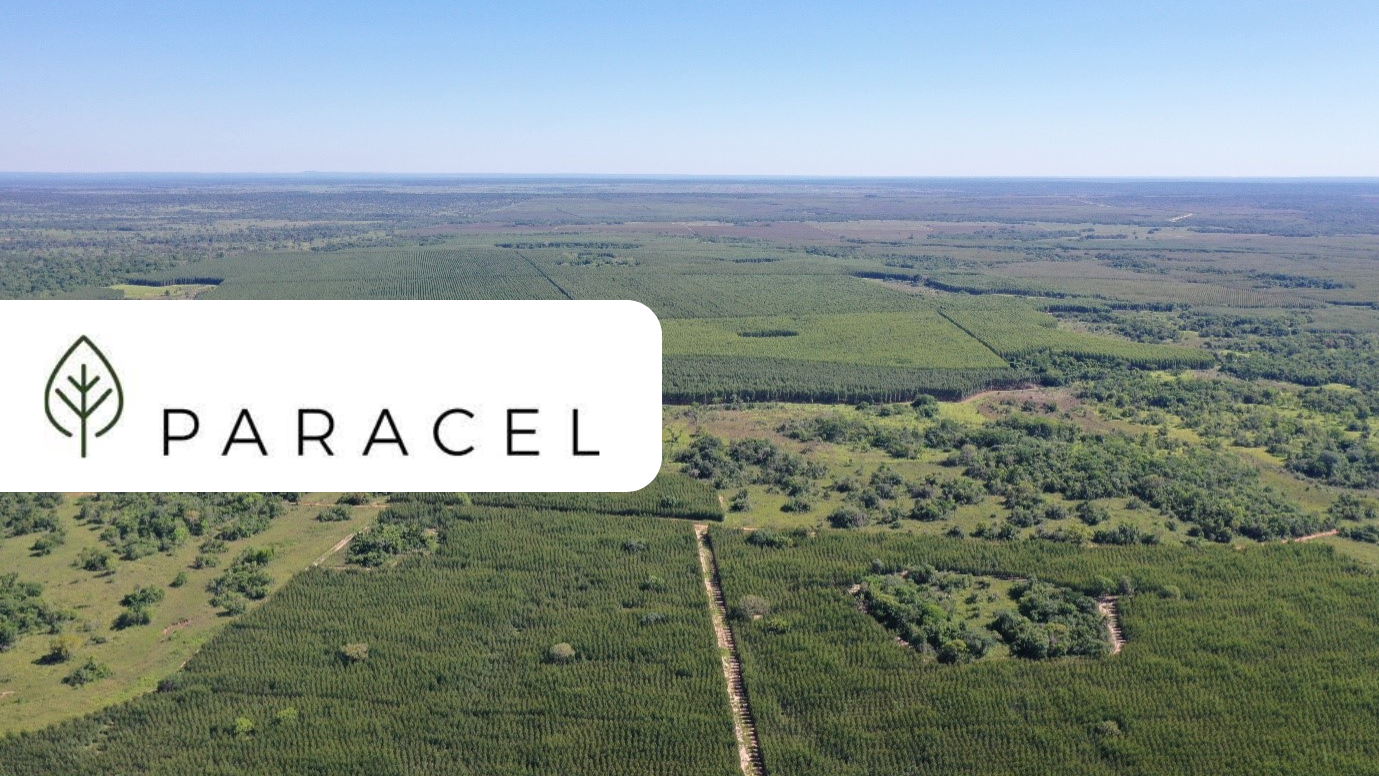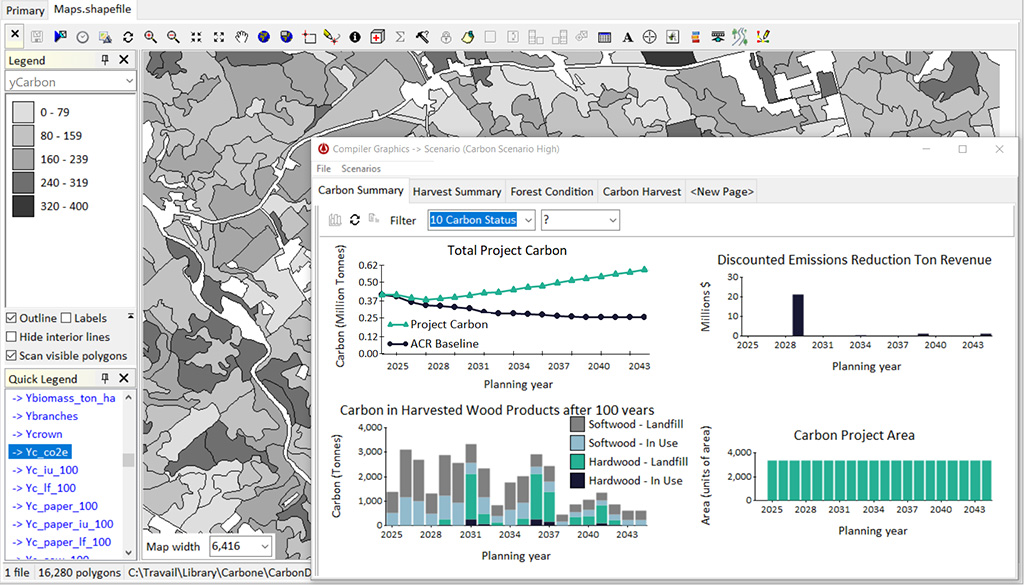Affecting everyone on Earth, the climate crisis remains one of our most pressing problems. “Climate change is the result of more than a century of unsustainable energy and land use, lifestyles, and patterns of consumption and production,” says Jim Skea, Co-Chair of the Intergovernmental Panel on Climate Change (IPCC) Working Group III.
However, as the latest IPCC report, “Climate Change 2022: Mitigation of Climate Change”, highlights, we have the knowledge and the tools to limit global warming to 1.5°C above pre-industrial levels, the threshold for minimizing the worst consequences of climate change.
According to the report, some of the most critical mitigation options come from the Agriculture, Forestry, and Other Land Uses (AFOLU) sector.
Reducing operational greenhouse gas emissions
Like all sectors, AFOLU contributes to greenhouse gas (GHG) emissions. Some emissions come from day-to-day operations, which could be reduced with data intelligence and optimization.
Using intelligence technologies such as operational analytics, optimization modeling and machine learning for operations planning foresters can make agile and strategic decisions when creating harvest, crew, and transportation schedules. Targeted optimizations can streamline all steps in the forestry supply chain, potentially reducing unnecessary emissions from daily operations and those from unexpected events, such as sudden temporary mill closures.
Approximately 70% of global GHG emissions come from infrastructure construction and operations such as plants, buildings, and transport. With tactical optimization, foresters can create and maintain road networks that balance the cost of building new roads and transportation with the net value of the wood. Where paved roads are needed, optimization modeling can also help develop more carbon-sensitive road networks.
Growing carbon sinks
The IPCC report concludes that the AFOLU sector is the only sector where large-scale carbon dioxide removal may be possible in the immediate to short term. Although natural forests typically support longer-term carbon storage and higher levels of biodiversity, forest plantations also play a crucial role in tackling the climate and biodiversity crisis.
Both natural forest restoration and forest plantation management require strategic planning optimization, such as considering how changing conditions will impact tree species. For example, using optimization modeling, research suggests Sitka spruce, which dominates Ireland’s Cloosh Valley Forest, will suffer as conditions change, whereas Lodgepole pine will fair better in the area.
For forest plantations, the IPCC’s report notes that sustainable forest management can lead to higher forest carbon stocks, higher quality wood and more continuous supplies while providing wider benefits. Indeed, using GIS and optimization analytics for sustainable planning enabled the Washington State Department of Natural Resources to increase the habitat for the threatened northern spotted owl by 28% and Net Present Value of the forest by 8%.
Enabling other sectors to mitigate their emissions
As other sectors seek to phase out some of their most GHG-heavy materials, forestry products can supply renewable materials for established markets such as construction and furniture-making and emerging markets such as biofuels.
Demand for forestry products is both market and policy-driven. The researchers using optimization modeling to study the Cloosh Valley Forest, for example, also found that Lodgepole pine, which currently has low value, will become more financially attractive as policy changes drive the bioeconomy.
Supporting a more sustainable future with forests
The IPCC report reminds us that time is of the essence. It also reminds us to ensure mitigation options are well planned, sustainable, and appropriately implemented.
LEARN MORE:
- Read how carbon modelers are going beyond measuring carbon to examine the trade-offs between carbon storage and other ecological and socio-economic indicators.
- Find out how you can manage carbon project complexity and reduce risk with optimization modeling.




